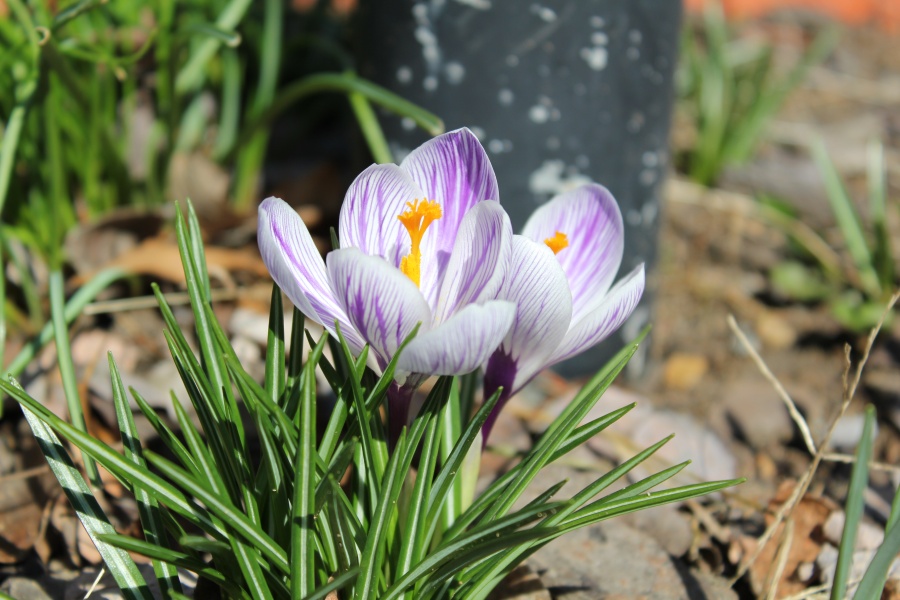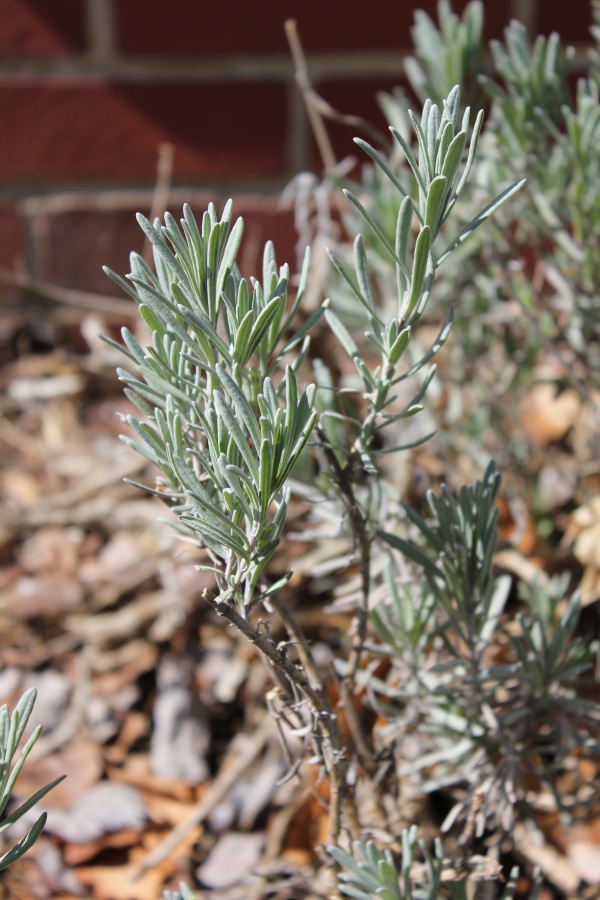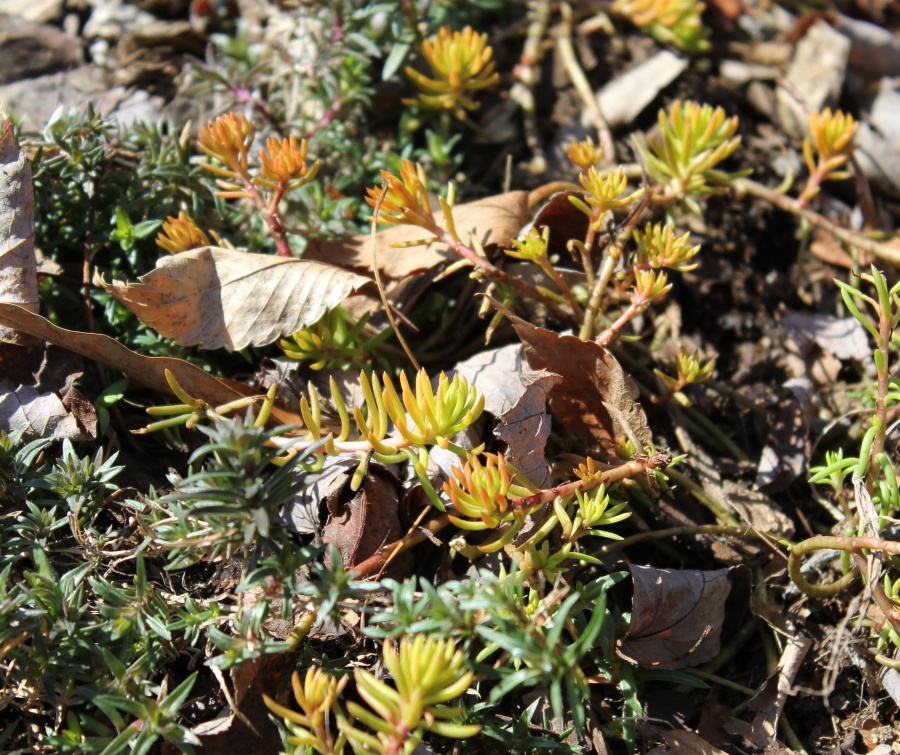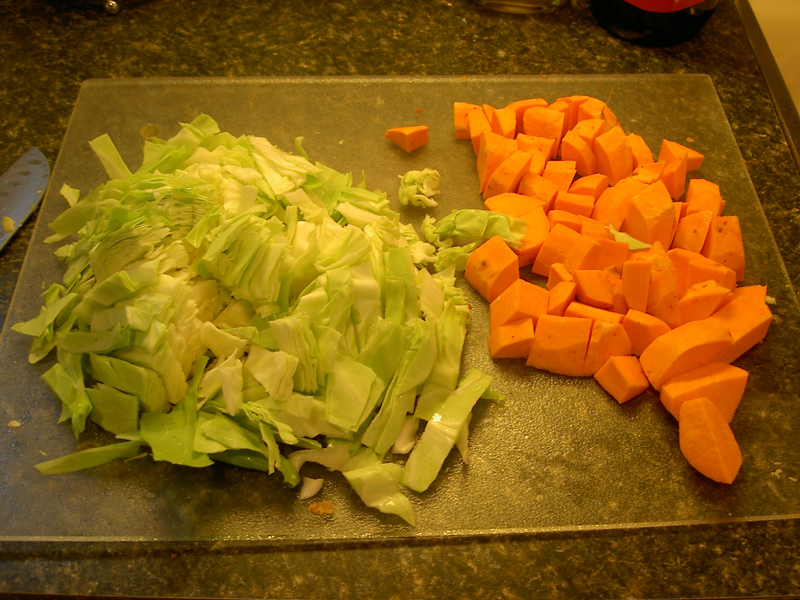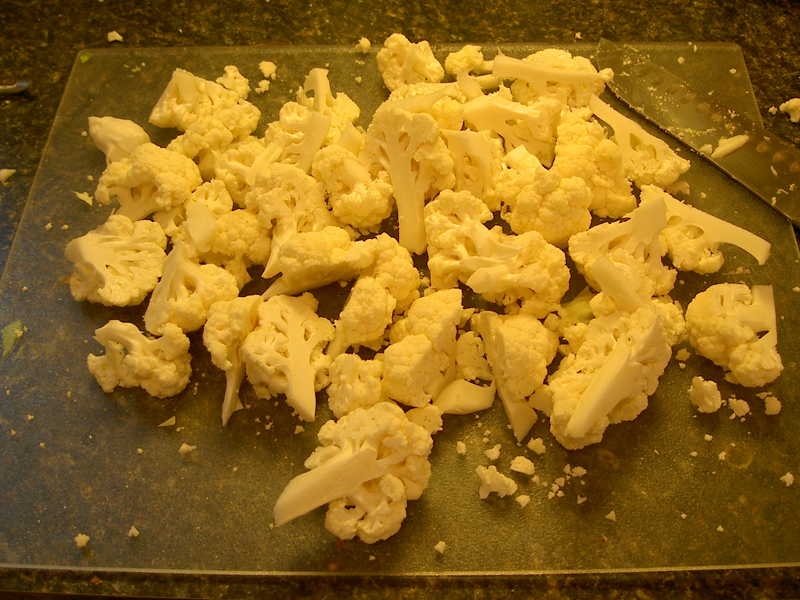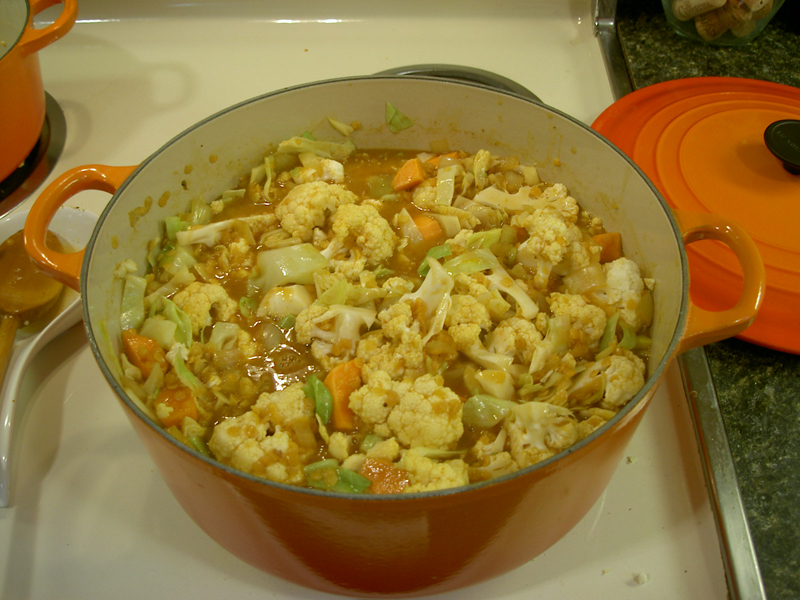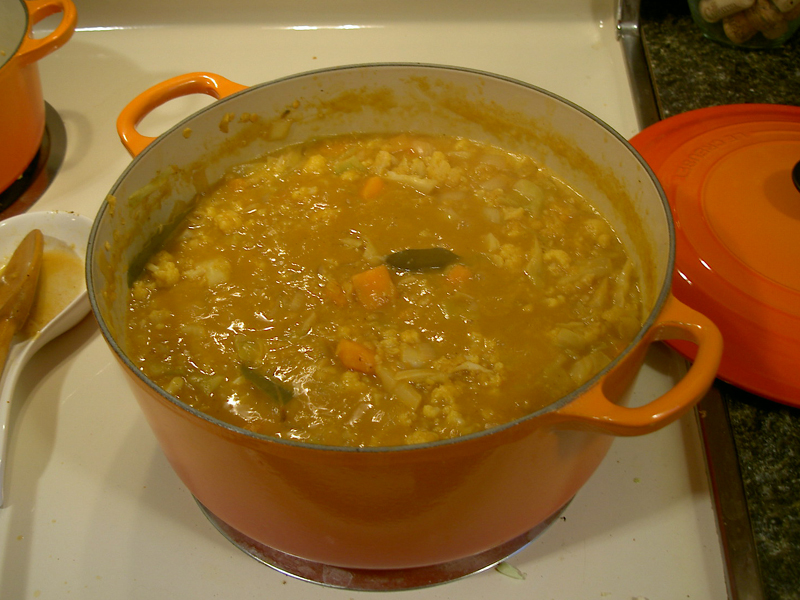I have vowed that this will be the year we make progress on converting the yard and garden to native plants. This means saying goodbye to the orange daylilies, forsythia, dwarf almond, lilac, and crape myrtle sprout (the large one can stay for now). Wait wait, you might be saying: most of these are popular, non-invasive, flowering garden shrubs. Yes, most of them are. However: I am allergic to forsythia and my partner is allergic to lilacs, and both of these are scrubby plants in less than ideal locations, which is also true of the dwarf almond. I do plan to dig up and give away the lilac and crape myrtle, and I suppose I could do the same for the other two (if anyone wants them). Certainly there will still be plenty of opportunities to see forsythia, lilacs, and myrtles just on our block, let alone in the neighborhood as a whole. Also true of the daylilies, which are best categorized as an invasive weed despite their cheery profusion. We are keeping the ornamental quince, as it produces fruit that the local wildlife like (yay, possums!).
So, yes, going native means replacing some perfectly decent shrubs. Replacing being the key word, and where the fun starts. I have been longing for more bird-friendly shrubs ever since we moved in. We are doing well with the trees, as the yard includes: native black cherries, American hollies, dogwoods, red maples, mulberries (which are destined to disappear in a later phase that involves actually hiring people), and a sweet gum tree (technically in the neighbor’s yard, but along our property line). With the addition of some wildlife-friendly shrubs, I hope to see more nesting species or migrating songbirds and fewer insects. I’ve been using the American Beauties website and the notes of a dedicated wildlife gardener to sketch out a plan for the yard that I hope will also add some winter structure (which the front in particular is sorely lacking).
The first thing I did to further this plan was replace the dead rhododendron in the shady foundation bed. I had already decided that I wanted an Oakleaf hydrangea; I went to my local nursery planning to just look at the options and (of course) came home with one. In a rare instance of planning and action, I planted it out before the maple tree leafed out and the day before the spring rains started in earnest. It’s happily leafing out and I’ve left it plenty of room to grow.
My plans for the rest of the yard are not firm, but they involve a couple of major changes. We really need to grade the side yard the property line to address the downhill flow of water to (and through) our foundation wall, and I want to use that project as an opportunity to replant that entire space as a mix of new shrubs and the perennials I already have in other spots in the yard. I’d also like to add a shrub or two into the sunny foundation bed; as much as I like the perennials, the winter landscape looks too lopsided with the shrubs and tree on the right and nothing but scruffy seed heads on the left. I’d also like to add some woody herbs (rosemary, sage, another lavender) to the sidewalk bed, along the top of the bed that’s currently a row of (clumping) daylilies; I plan to move those to replace the row of invasive orange ones.
So, what will all these shrubs be? At least two will be varieties of Winterberry, as a male is needed for good fruiting. I’m thinking that one (or maybe two, depending on size) will go at the end of the sunny bed next to the porch to provide some screening once they reach full height (I’m planning to put the male in the backyard, beside the stairs to the basement and underneath the sassafras and dogwood; hopefully that will be proximate enough for fertilization). I’ll add at least one more Oakleaf hydrangea, and possibly two; probably another large specimen to replace the forsythia and a shorter variety in the side yard or at the end of the sidewalk bed. At least one Clethra will go in the sidewalk bed and possibly also in the sunny foundation bed as a complement to the other butterfly-attracting plants there. Native viburnums are the other category of shrub to be worked in. I need to do some more research, but I’m thinking a small variety like Arrowwood for the side yard and a taller variety like Blackhaw for the other corner of the back wall to replace the dwarf almond. (The stretch in the middle of the wall is going to become a raised bed, planted with herbs or for use by the kid in future years or both.)
Again this year, I’m not planning anything for the rear yard where the fence needs to be replaced, so the focus is on the front. The goal is to increase the aesthetics, add some winter structure, and last but most important, increase the cover and food for birds and small wildlife. I would love to see more migrating birds stopping in our yard, particularly songbirds. I’ve spotted several varieties of vireo and warbler over the years we’ve been here, and I imagine many more went unnoticed. Attracting them to shrubs closer to the windows would be great!

